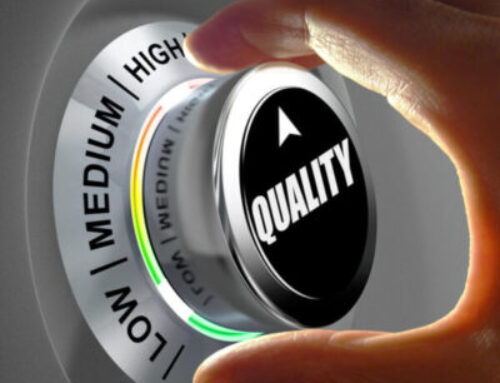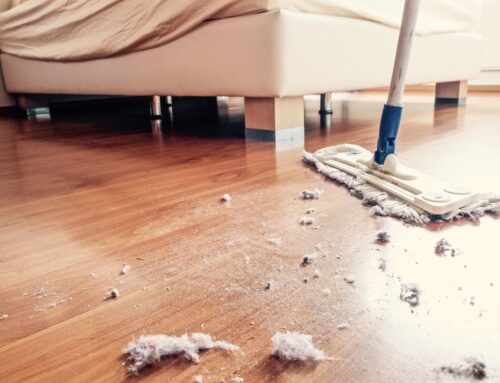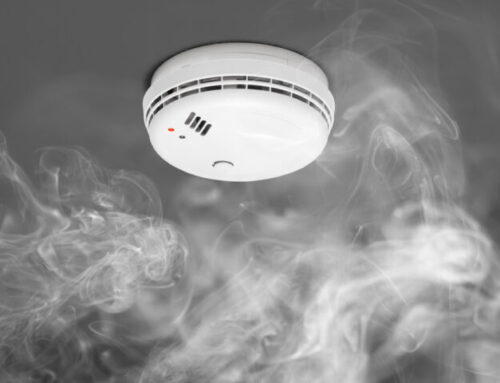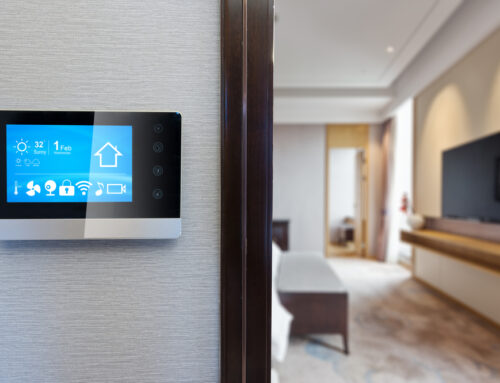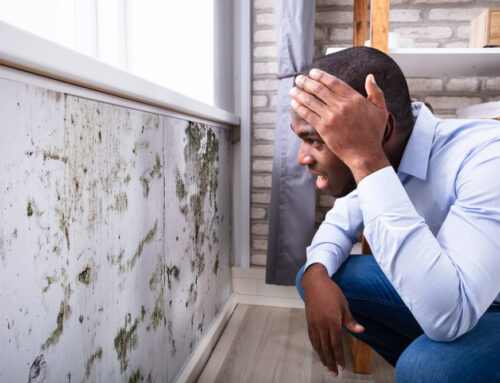How often have you read… “Canadians spend 80% of their time indoors”? This sentence has been used while describing air quality or environmental services for years, because it’s true! What happens – say during isolation, quarantine, or working from home – if that sentence got changed to… “Canadians spend 100% of their time indoors, sometimes for two weeks or more”?
The global pandemic has changed the way humans perceive our indoor environments, forever! We collectively now realize just how vulnerable our health is from the world immediately around us. COVID-19 spread from China to all parts of the world by human to human contact. In Italy, we see the most prolific transmission vector is from family members living in the same home as an infected individual. The World Health Organization now includes two types of modes of transmission:
- Person to person by respiratory droplets.
- Person to person by contact routes or fomite surfaces.
Respiratory droplets are caused by sneezing or coughing but may also be caused by speaking if saliva has been aerosolized. Contact transmission is coughing on a table, a counter, or a hard surface, and then transmitting that infected viron to someone via hands, eyes, nose or mouth. This means the transmission of the virus can occur by indirect contact from surfaces.
Isolation and social distancing practices are flattening the curve, but not eradicating the pathogen! Infected people are now quarantined and not spreading the virus to contact surfaces. What poses the new transmission vector routes will be contact transmission from asymptomatic people. A proposed loosening of the pandemic social distancing and isolation rules will inevitably increase contact transmission in the workplace. Contact transmission could be from stairway railings, doorknobs, elevators, photocopiers, phones or washrooms. Mass transit shares many frequently touched surfaces without social distance spacing.
The pandemic response to isolate at home forced many people to scramble to work from dining room tables across Canada. People worldwide are setting up workspaces from home. These sudden work-at-home solutions now seem to be up and running very smoothly. Now that people realize they are able to work from home and that work is productive, people may not want to risk public transport and the high occupational density of the traditional workplace.
The pandemic has made humanity realize that our indoor environments are important to our health, whether at home or in the work environment. Air quality conditions are now linked, and in very personal ways, to every person affected by the pandemic. The indoor or built environment is now the new post-pandemic battleground for indoor health and safety. Some questions that need to be answered are:
- Is my workspace or home well-ventilated?
- Have the contact surfaces been disinfected properly?
- Does my furnace or air handling unit filter virus particles out of the air?
- Does this soap or cleaner I purchased kill the COVID-19 virus on contact?
- Are there too many people in this small space?
- Do I even need to be here or could I do this job from home?
The post-pandemic reality is people, in general, will be wary of other people. Wary of what is coming home with other members of their own family. There will be an urge to ensure the home is kept clean and healthy. Efforts will be made in personal housekeeping, mechanical ventilation improvements, occupancy density questions, and general air quality. I see an increase in basement office renovations for stay-at-home workers. Commercial condo managers will be increasing common hallway cleaning, fresh air dilution rates, and people will start avoiding the elevator. Air quality consultants must be ready to consult with both commercial and residential clients regarding COVID-19 related solutions, including ventilation, cleaning, filtration, ultraviolet disinfection, and home renovation solutions. I am noticing my own air quality business experience an increase in general air quality inquiries based on recent home isolation programs. “The times are a-changing” and so too must the air quality industry. Be safe.



